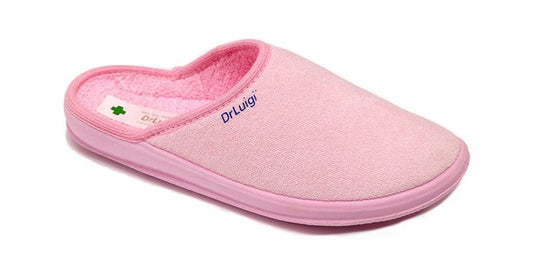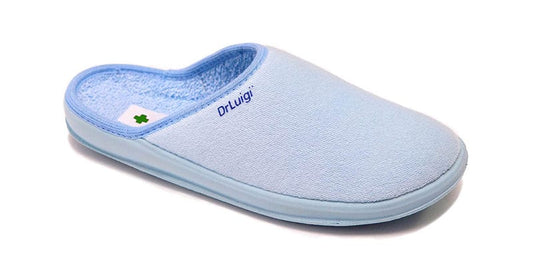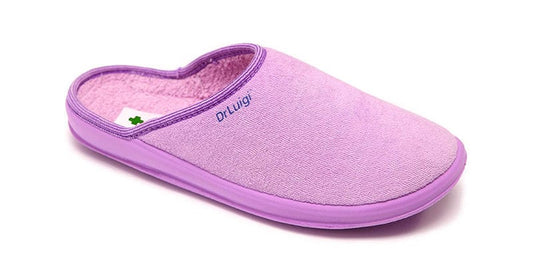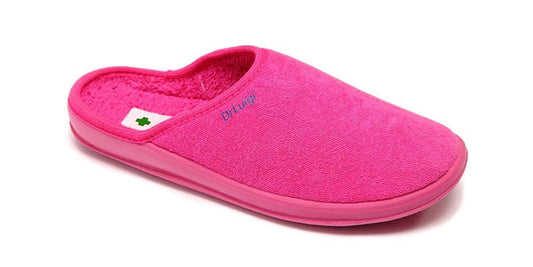Most kids don’t need to worry if they have flat feet. It is a typical stage of growth for your child, and the majority of them will grow out of it and develop a regular arch.
For those who don’t, the disease rarely poses a challenge, and the majority of kids can still engage in sporting activities without experiencing any discomfort or other issues. This is regarded as a typical variation in foot structure.
If your child has flexible flat feet, the arches may be evident when they are seated but disappear as soon as they stand and bear weight. This is typically outgrown by kids.

Despite the fact that most kids overcome flat feet, you should contact a doctor if:
- If your child is older than five and still hasn’t outgrown their flat feet,
- they are painful or stiff, or if their arch has collapsed, resulting in a very wide splayed foot,
- they are more likely to trip or fall.
With very young children, it’s crucial to maintain composure because, as previously noted, the condition is typical in toddlers and most of them grow on to develop an arch. Visit your doctor for a diagnosis so that early intervention can be used, but only if they continue to be flat-footed or if you observe your child compensating for their feet in the way they walk or carry themselves or their shoes are wearing on one side.
A professional specialist should evaluate your child’s flat feet so they can determine the causes, which are treatable, as well as the best course of action.
The inner foot has a crucial tendon that supports the preservation of the foot arch. If flat feet are not treated, your child may develop overuse injuries to this tendon as they enter adolescence and adulthood. They may have discomfort and swelling on the inside of the foot, and they may eventually begin to exhibit adult-acquired flatfoot deformity. The arch gradually disappears at this point, and there is also a persistent deformity, weakness, and inability to stand on tiptoes.
Teenagers with painful flat feet occasionally have underlying conditions like tarsal coalition (fused bone) or an unstable os navicular (unfused bone from birth), which may call for more testing. Rarely, a child’s spine may bend as a result of ongoing compensating at the spine.





